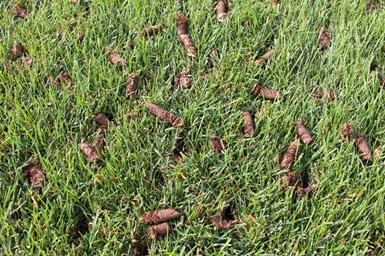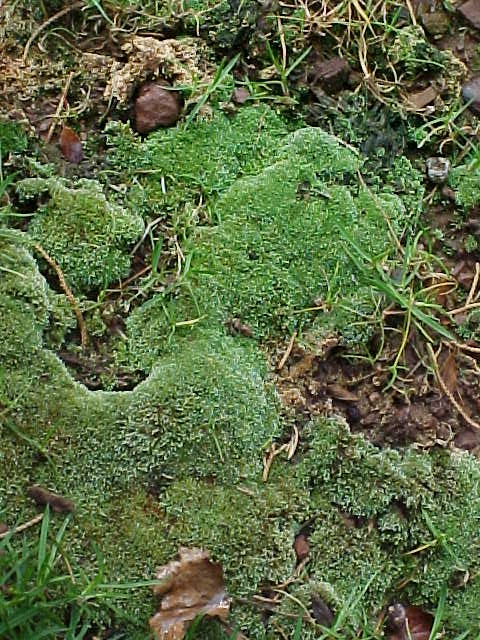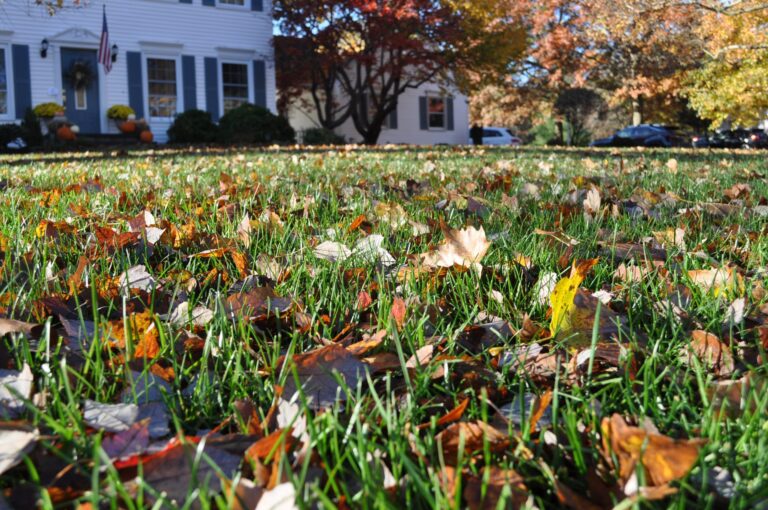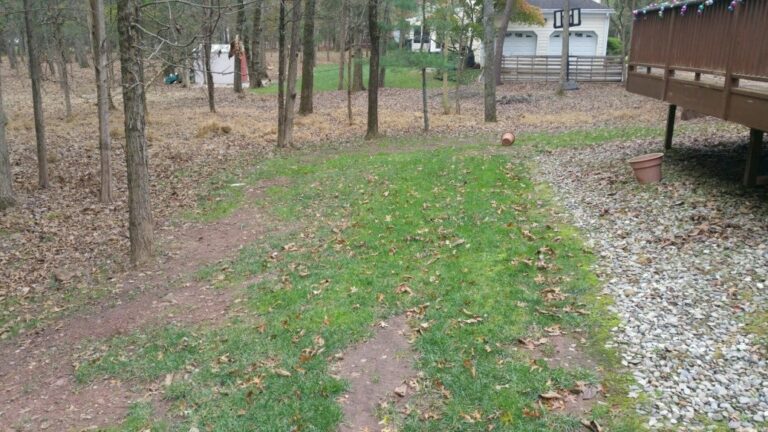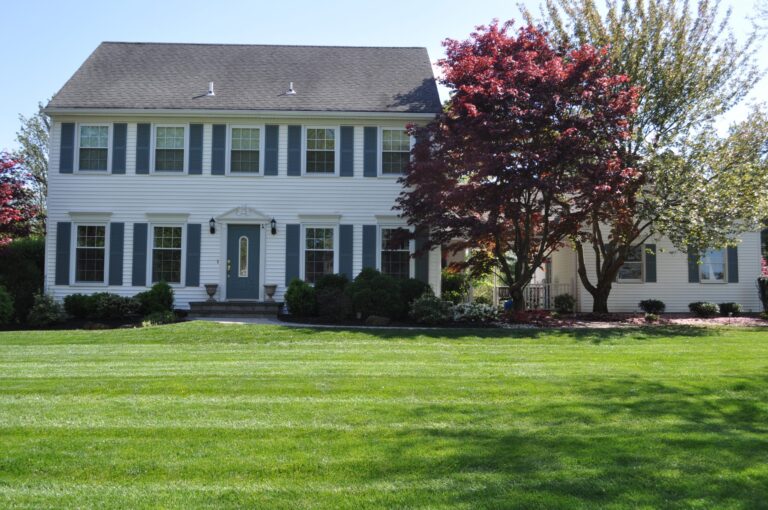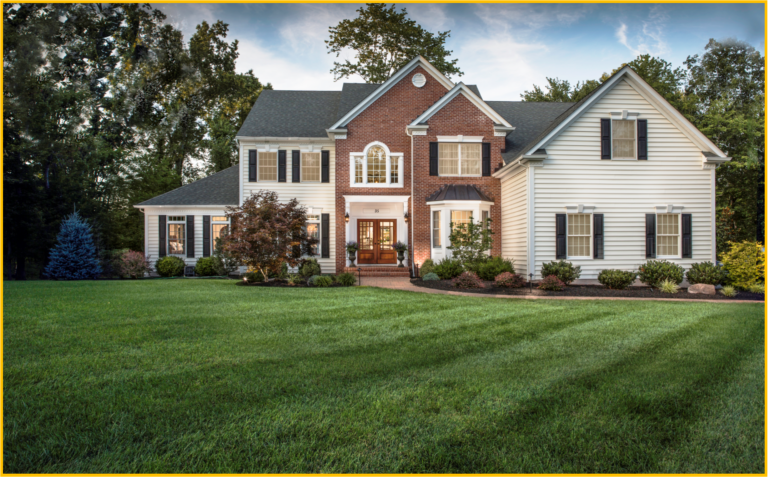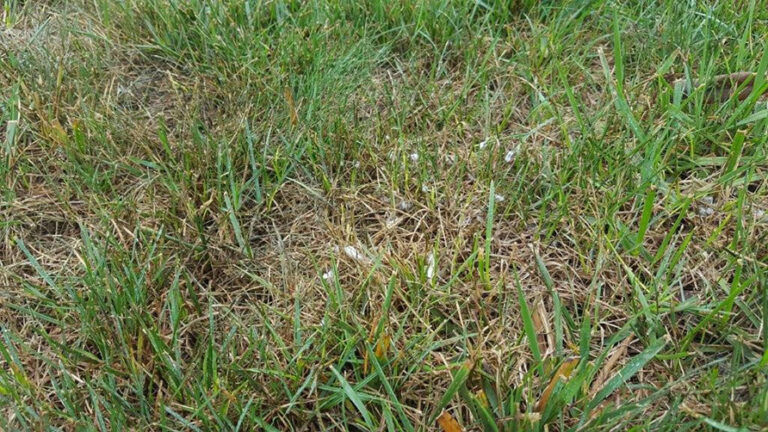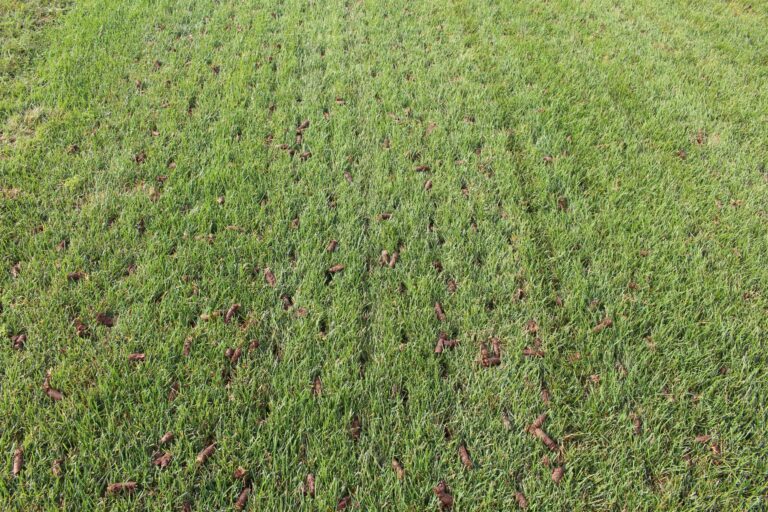
Benefits of Core Aeration and Over Seeding
Between the summer stresses of drought and disease, and every day activities that lead to soil compaction; your lawn may not be looking its best by the time fall rolls around. To help combat these stresses and maintain a lawn,

